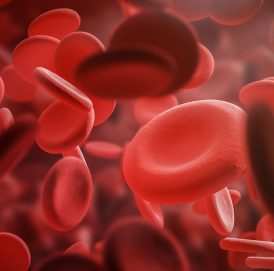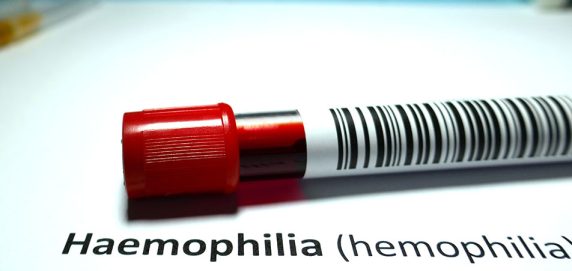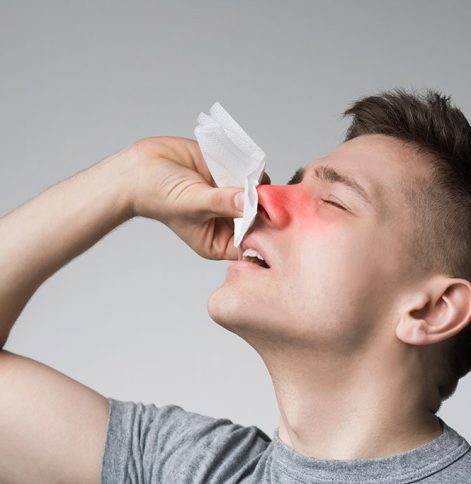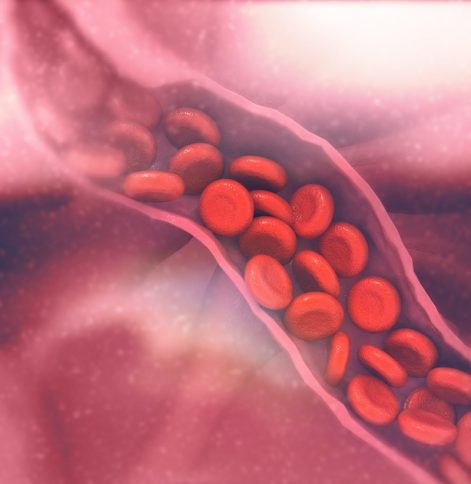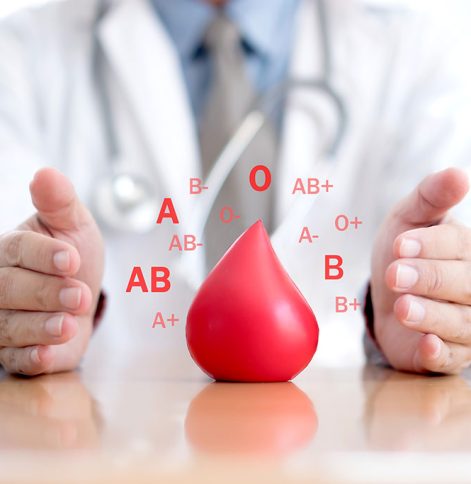What is a Bleeding Disorder?
When a person has a bleeding disorder, they cannot stop bleeding because their blood has a defect or absence of clotting proteins – called factor – or platelets. Most bleeding disorders are inherited, meaning that you are born with them. Therefore, other members of your family may have the same condition so it is important for you to be able to detail this information to your physician. Inherited bleeding disorders include:
Anyone can have a bleeding disorder, including males and females, as well as people of all races, ethnicities, and socioeconomic statuses.



